Tuna at Aegan
-
Tuna Canning and Packing Factory (Spanish Origin from the International Company Hermasa)
The tuna canning and packing factory has an estimated production capacity of 100 tons per day or about 300,000 cans of yellowfin tuna per day, sourced mostly from the Arabian Sea. Highly experienced teams are tasked to operate this line to ensure the quality and safety of the products.
-
The Refrigerator (Preparation Process of the Fish for Exporting)
The largest refrigerator was established to preserve, freeze and prepare fish for the production of frozen fish products to cater to both local and global demands. With the capacity of nearly 4,200 tons, the refrigerator supports the reception of large quantities of fish for export and for local production.
-
Oily Fishmeal Plant OFP55 (Thai Origin with European Specifications)
Oily fishmeal plant OFP55 is considered to be one of the best in the Middle East with an estimated production capacity of 55 tons per day. It is aimed to provide and enrich the international and local markets with the highest and best quality products. Technologies have been designed to ensure the safety of the manufacturing process and its eect on the environment and the population as well.
-
The Refrigerator (Preparation Process of the Fish for Exporting)
The crushed ice plant was established with the latest French Technology. The production capacity is about 22 tons per day, which can be doubled to 44 tons per day as the manufacturing capacity expands.
Manufacturing & canning stages
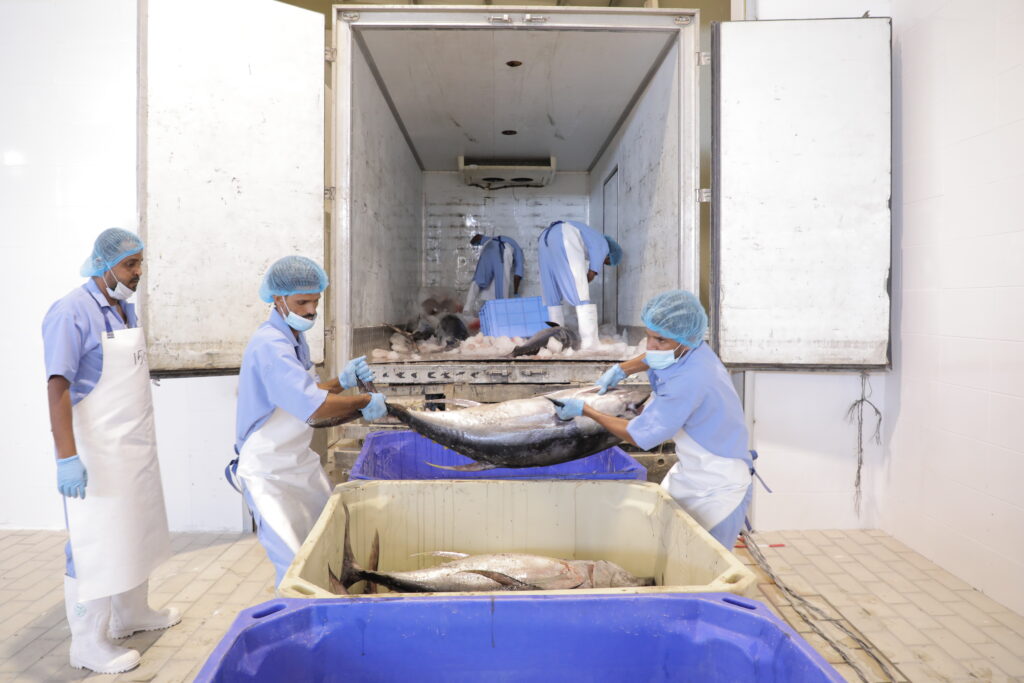
(1) Fish Receiving, Sensory Evaluation, Grading and Weighing

(2) Fish Gutting and Cutting
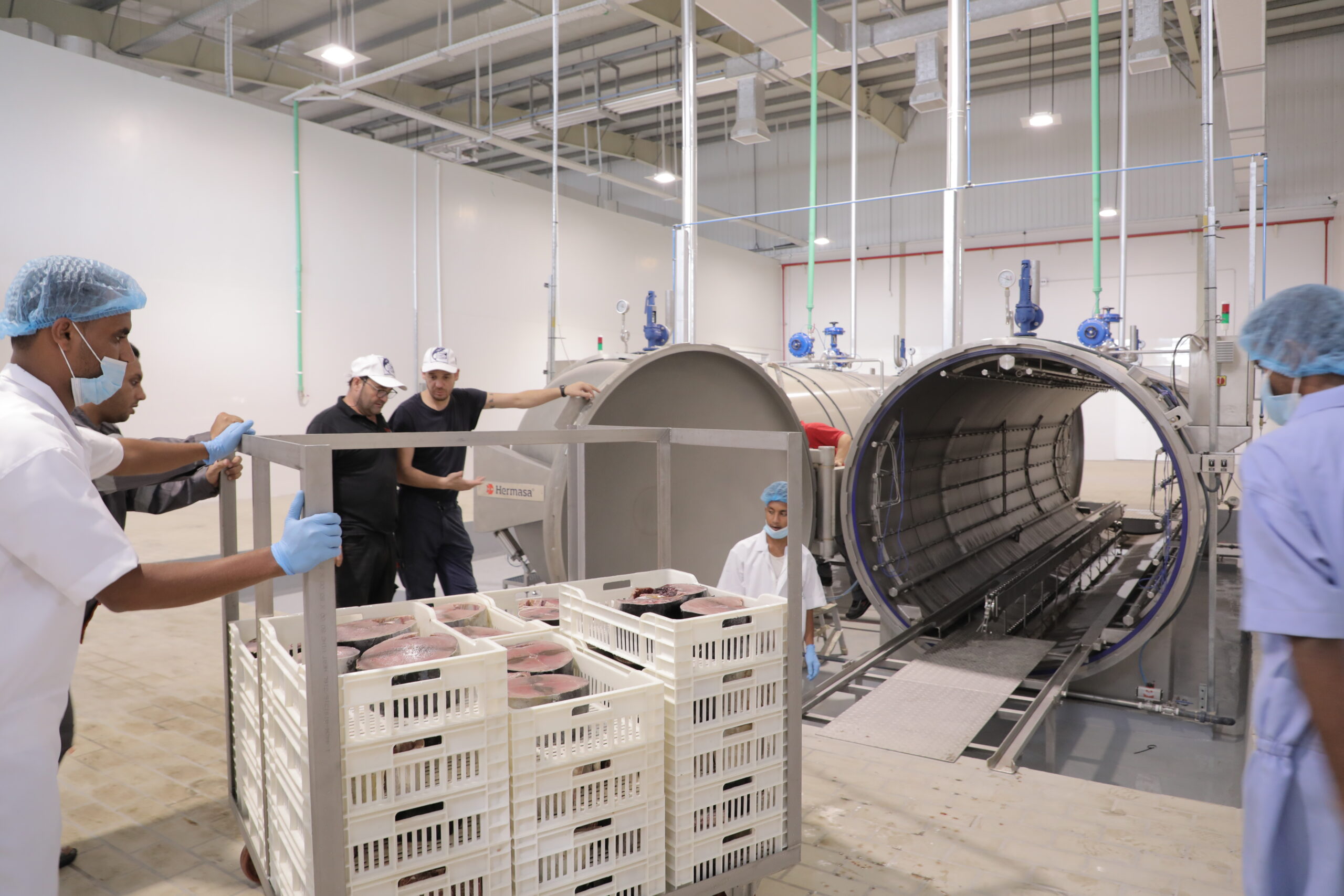
(3) Cooking by Steam

(4) Tuna Cooling
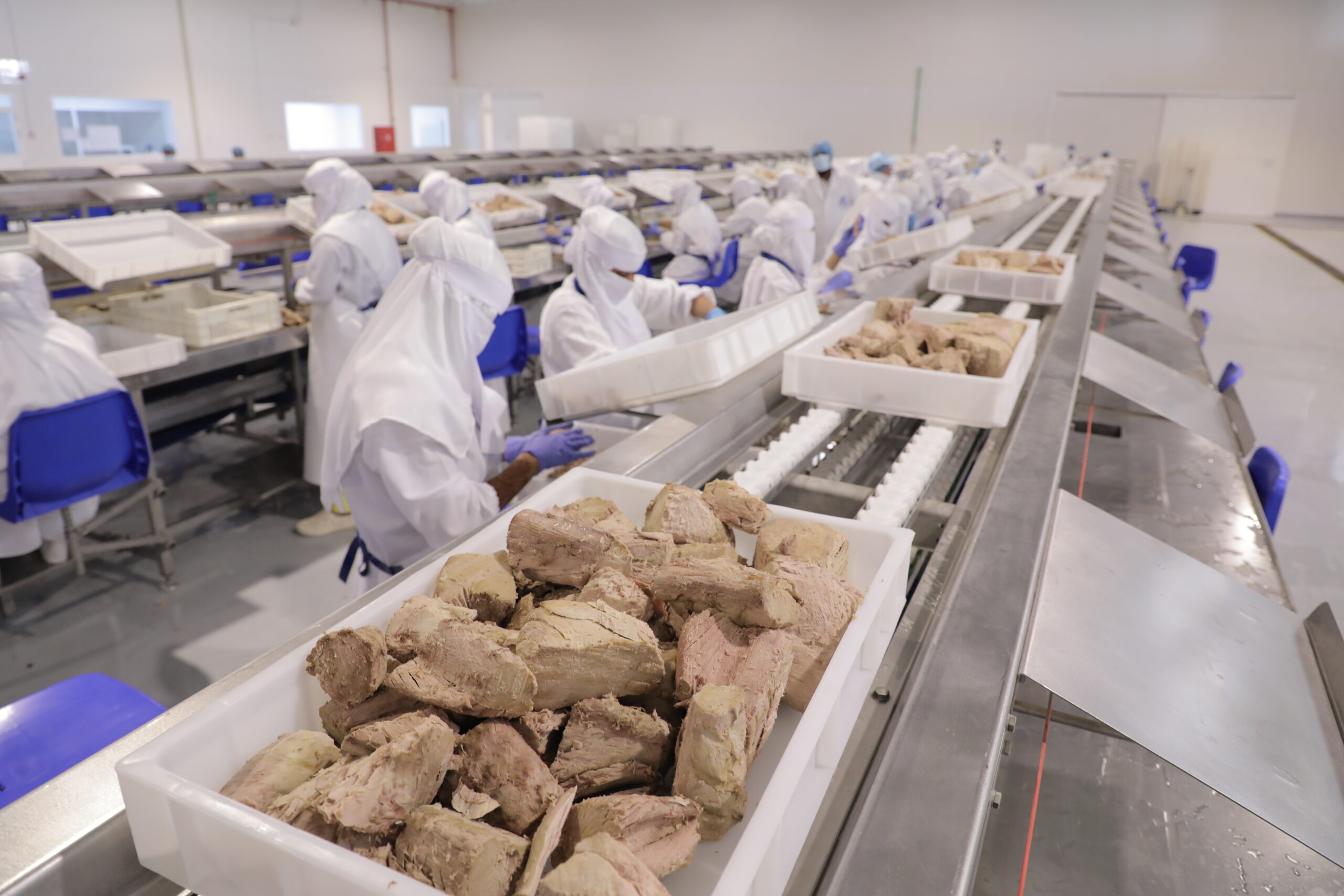
(5) Cleaning
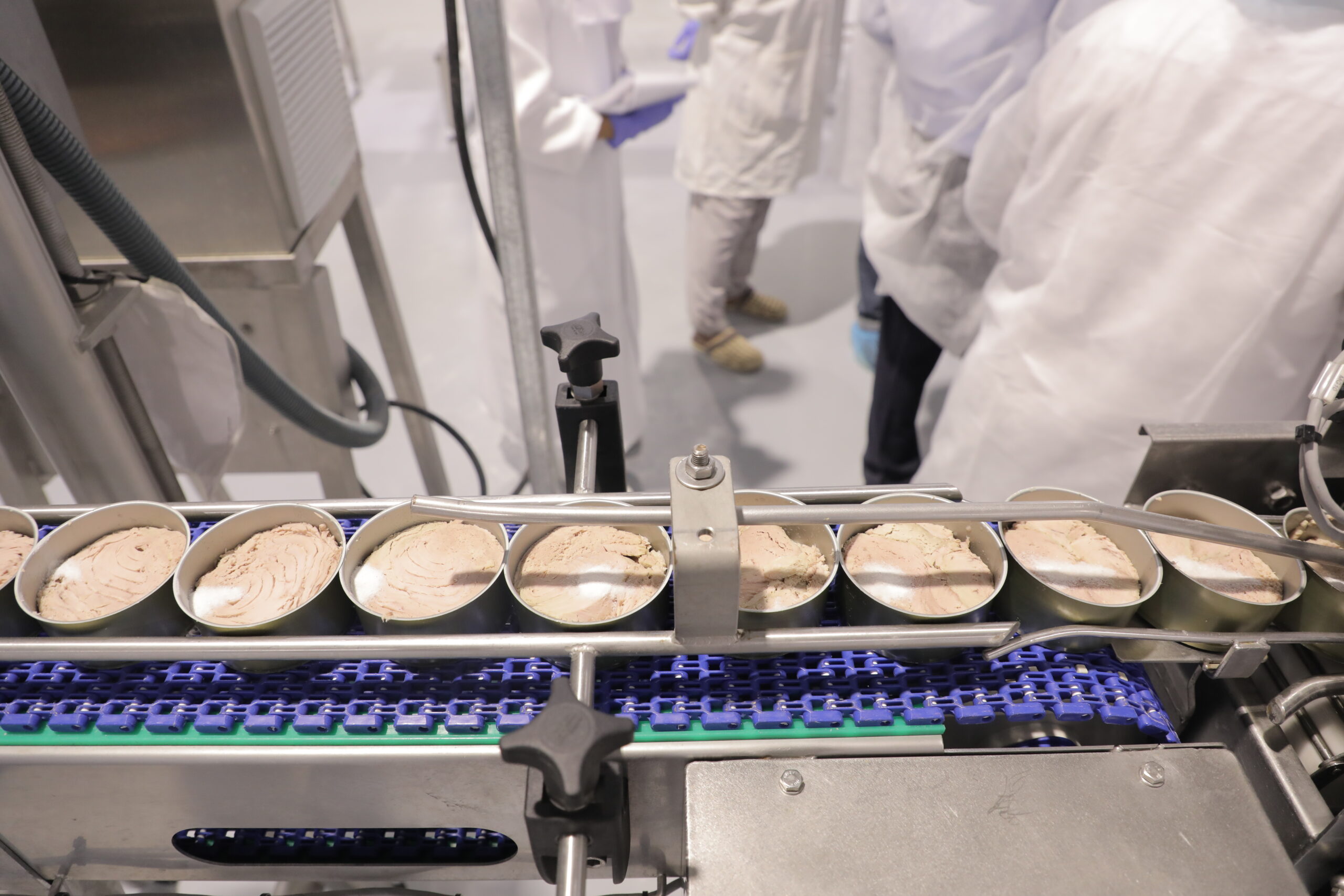
(6) Tuna Canning

(7) Sterilizing Canned Tuna in the Auto Claves
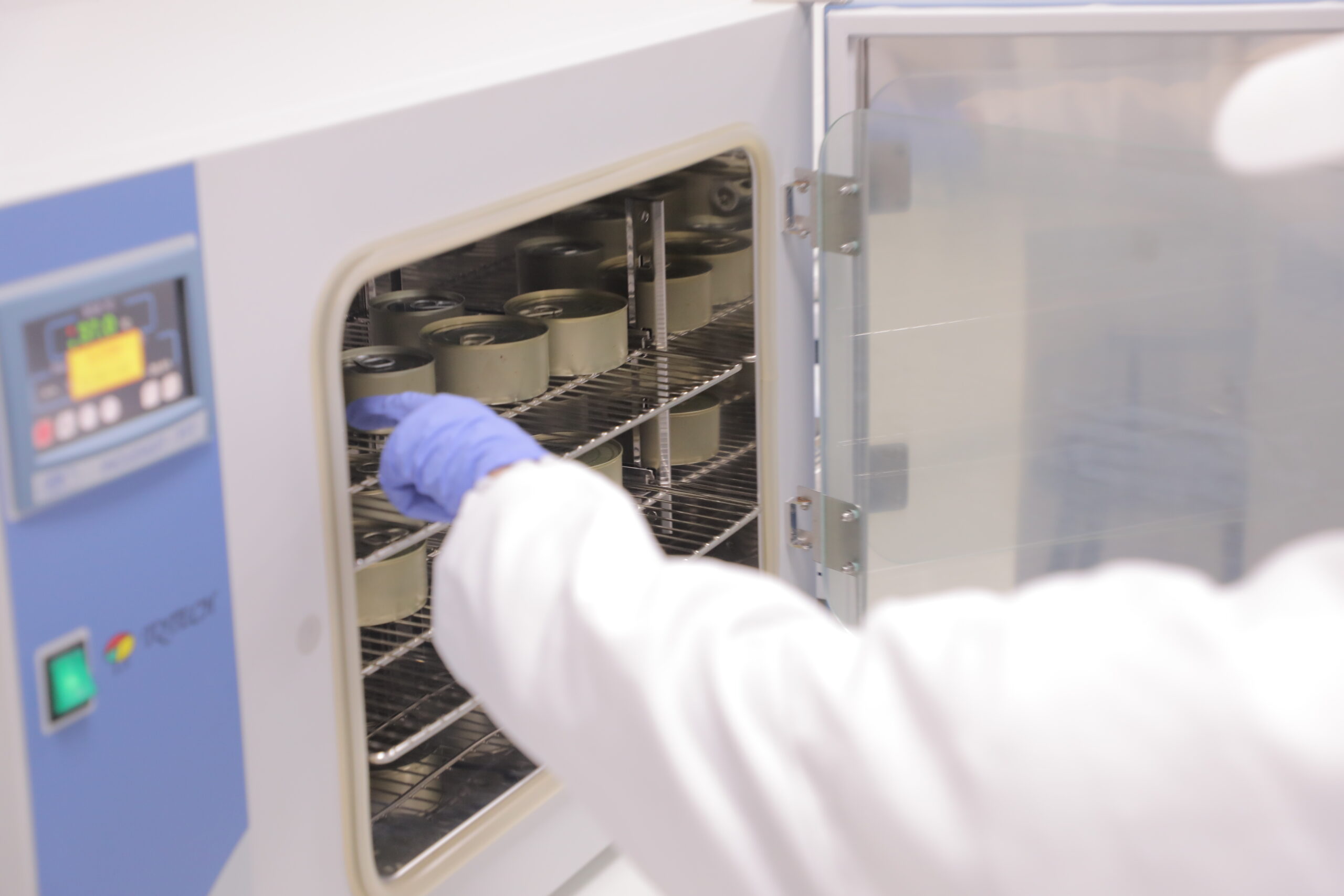
(8) Casing and Incubation
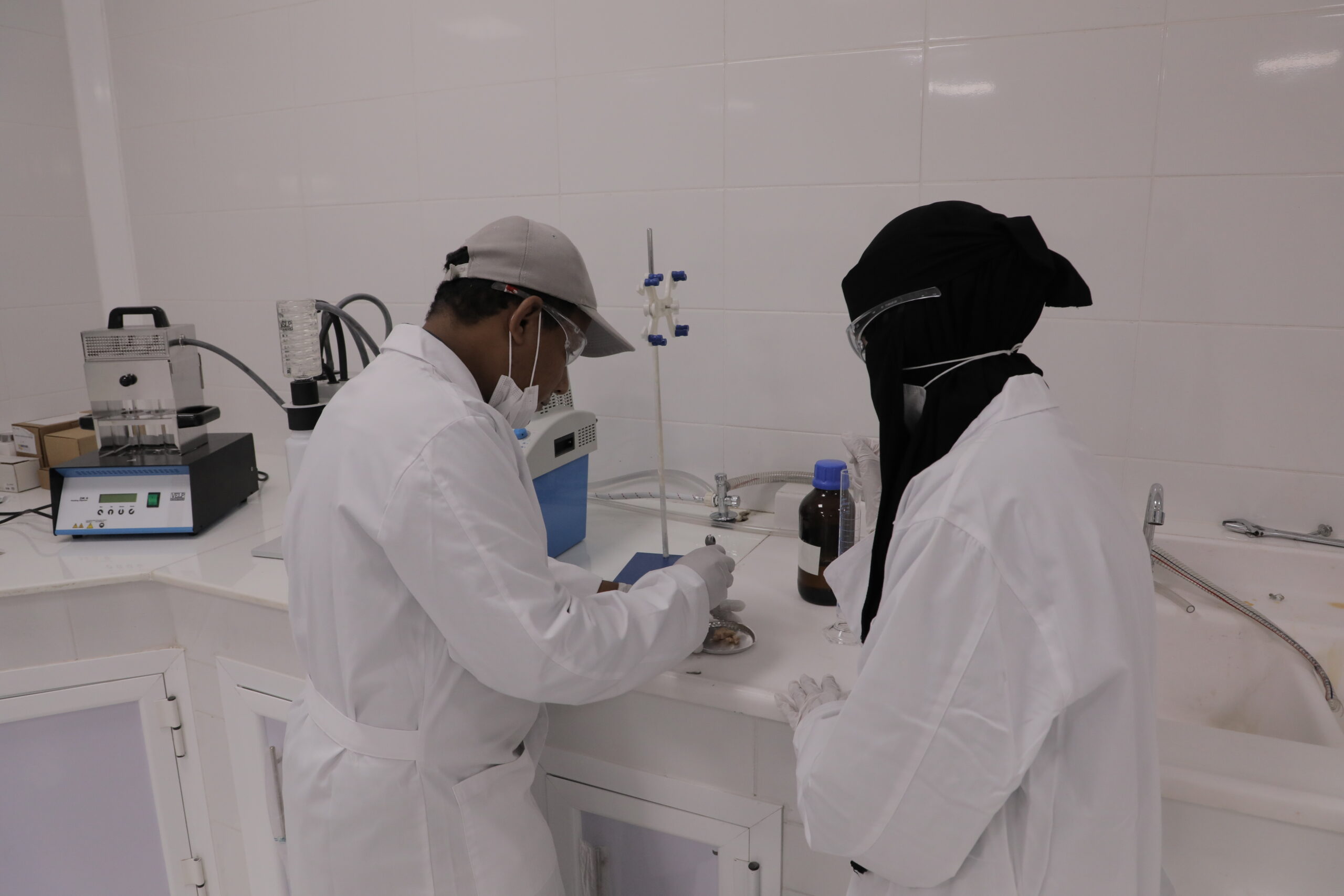
(9) Conducting Test at Laboratory

(10) Brand Sticker Labelling and Packaging
TUNA Quality
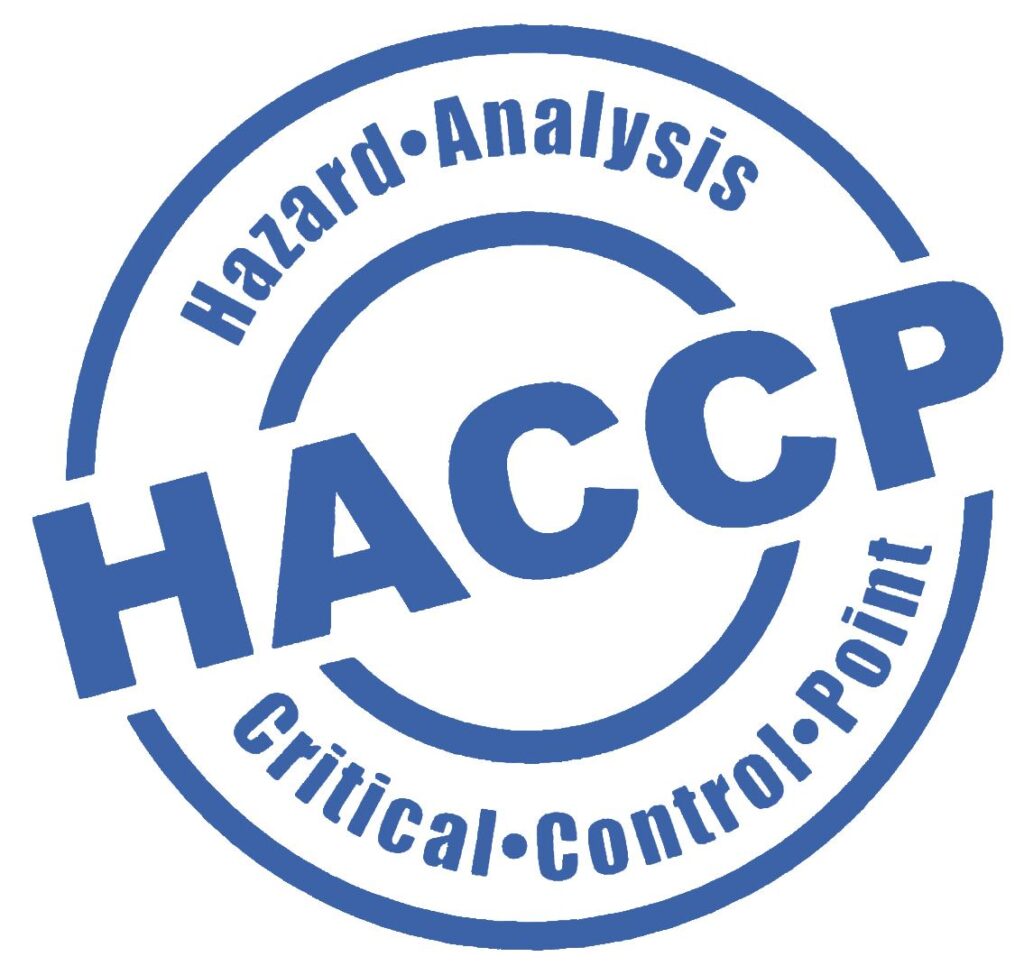

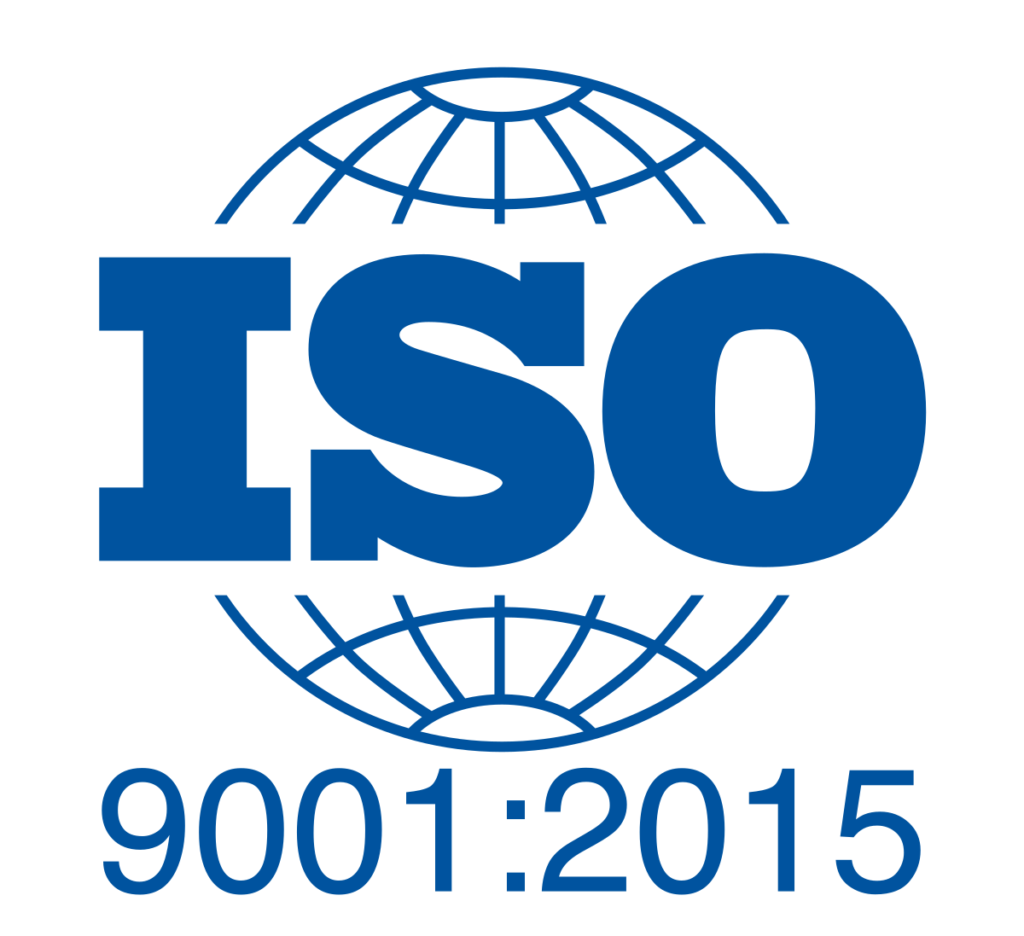
-
The product quality has been taken into consideration which is our top priority. The quality system followed is subject to the European standards and regulations such as HACCP System and the International ISO Certificates.
-
What distinguishes Tuna at Aegan is the (Technology of Steam) steam cooking and sterilization system with the latest European technology from Hermasa. The waste disposal system is connected directly to the milling processing to producing the superb quality fishmeal powder.
-
We are keen on introducing smart systems that ensure the safety of the product, environment and the facility as well, so Smart Organization was introduced in order to keep pace with the developments and ensure continuous high-quality development throughout production periods.
-
• ISO 22000:2018 • ISO 9001:2015 • Certified Company
• HACCP( Hazard Analysis and Critical Control Point ) Certification For Food Safety Management Standard